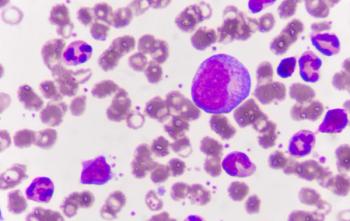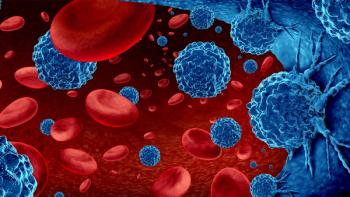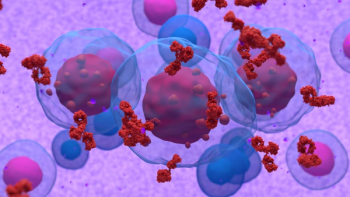
E-Cigarette Use and Bladder Cancer Risk: There May Be a Link
A recent study provides more evidence toward the link between electronic cigarette use and bladder cancer risk.
Findings of a pilot study offer more support for the link between smoking and bladder cancer—in this case, a possible elevated risk for the disease due to e-cigarette use.
In an interview with Oncology Nursing News, study author Tatum Tarin, MD, provided a rationale for the study presented at the recent annual meeting of the American Urological Association (AUA).
“One of the biggest impetuses for this study is that we know that e-cigarettes and vaping is a useful tool for people to stop smoking—sort of a safe alternative,” said Tarin, an assistant professor of urology at the University of Pittsburgh School of Medicine, specializing in urologic oncology.
"There has been a 900% increase in e-cigarettes and vaping in kids who wouldn't be smoking otherwise. What we were trying to show is that in kids who are nonsmokers, this is not exactly a safe thing, or at least we don't know the full safety profile of electronic cigarettes and vaping."
Although e-cigarettes may be safer than traditional cigarettes, the composition of the liquids in these devices is complex and unregulated. A wide variety of formulas are available, and some may contain known bladder carcinogens such as nitrosamines, formaldehyde, acrolein, metals, and acetaldehyde.
The study reported at AUA noted that the urine samples of e-cigarette users contained some of those known carcinogens. Researchers collected urine samples from 13 e-cigarette users and 10 nonsmoking, non—e-cigarette using controls. Using liquid chromactography-mass spectrometry, they tested the samples for 5 molecules that are known to be bladder carcinogens and are either present in traditional cigarettes or common solvents believed to be used in some e-cigarette formulations: benzanthracene, benzopyrene, 1-hydroxypyrene, o-toluidine, and 2-napthylamine.
Patients self-reported abstinence from traditional cigarettes for at least 6 months prior to the specimen collection; 9 of the 13 e-cigarette users reported that they were long-term (>12 months) nonsmokers.
Twelve of the 13 samples from e-cigarette users (92%) tested positive for 2 of the carcinogenic compounds: o-toluidine, and 2-napthylamine. All samples from the 10 control patients tested negative for the 5 molecules. The other 3 carcinogens were not identified in any samples.
Tarin explained that the 2 molecules identified, “have been studied for a very long time, mostly in environmental exposures. They’re known to be in people who smoked tobacco and used conventional cigarettes. O-toluidine and 2-napthylamine are known to be bladder cancer—causing agents.”
Tarin also pointed out that in a survey of the 13 e-cigarette users, “Every single one thought there were no harmful, deleterious, side effects in electronic cigarettes. While they probably are a safer alternative to smoking, they are not completely safe. And that’s what we’re trying to show here. Compared to our control group of nonsmoker/non-electronic cigarette users, [e-cigarette users] had higher levels of these bladder carcinogens.”
Researchers determined that further studies are needed to clarify the safety profile of e-cigarettes and their role in elevating bladder cancer risk, given the higher concentration of carcinogenic compounds in the urine samples of the e-cigarette users in this study.
“It will be important to try and quantify in the long-term, what is the actual effect on bladder cancer [risk] or patients with bladder cancer,” Tarin noted. “The issue is, there are kids that are doing this. We don’t want to be 50 years down the road, saying, ‘Oh my god, we thought this was safe, but actually there’s a problem.’”
______________________________________________________________________________
Fuller T, Acharya A, Bhaskar G, Yu M, Little S, Tarin T. MP88-14 evaluation of e-cigarettes usersurine for known bladder carcinogens. J Urol. 2017;197(4):e1179.
Newsletter
Knowledge is power. Don’t miss the most recent breakthroughs in cancer care.

















































































